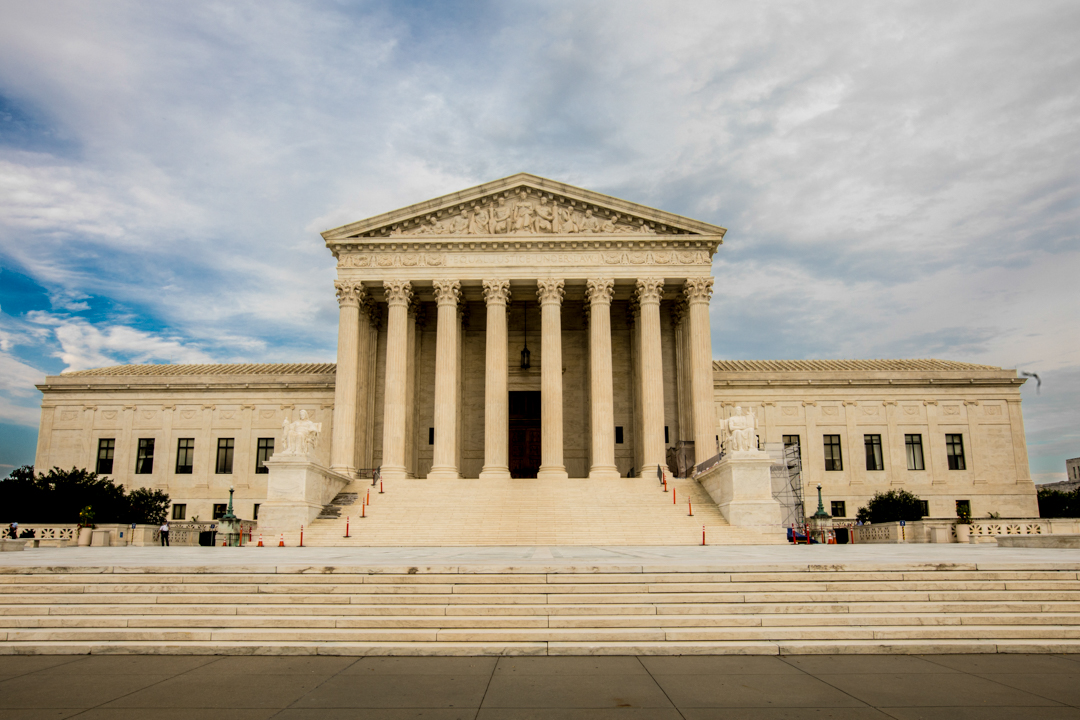By Tatyana Hopkins
The U.S. Supreme Court ruling Monday that allows states to purge voters who fail to vote and do not respond to a notice could lead to other states following the Ohio policy that the court upheld, according to Michael Cohen, the acting director of the Political Management Program at the George Washington University.
The court, in Husted v. A. Philip Randolph Institute, rejected a challenge to that practice in the state of Ohio. Following the ruling, Dr. Cohen, also the Anthony Coelho Assistant Professor of the Political Management Program at GW’s Graduate School of Political Management, discussed with GW Today the decision and how it could impact the 2018 mid-term elections.
Q: Why is this SCOTUS decision important?
A: It’s a significant test of voting rights, including the right not to vote. On the one hand, this allows states to purge inaccuracies in the voter rolls, but it also has the effect of disenfranchising voters who are not responsive.
Q: Why has this case become such a partisan issue?
A: The reason why this has become a partisan issue is because it was passed in Ohio, which has Republican Party control. In addition, Democrats believe they are more likely to be dropped from the rolls under these circumstances than Republicans. I have not seen the data and believe the impacts will likely be idiosyncratic to each election and vary quite a bit by geography. Democrats believe in high-turnout elections they win, like in 2008. But this was not the case in 2016, for example, where Donald Trump outperformed turnout models suggesting he had little chance in Michigan, Wisconsin and Pennsylvania.
Q: What are the potential implications for a state using a method that targets inactive voters for removal from its voter rolls?
A: It will likely have the effect of lowering voter turnout in high-interest elections, particularly in presidential years. Instead of removing barriers to voting, this is enforcing one that may have partisan impacts.
Q: Several states already use similar practices to keep their voter rolls up to date, with midterm general elections less than six months away, are we likely to see more states enact similar policies?
A: In a word: yes. It remains to be seen if there is a clear partisan impact, and I would be interested to see if Ohio is going to study the effects of the policy. They might find, for example, that generally inactive voters who voted for Trump in 2016, for example, might be blocked at the ballot box in 2020.



